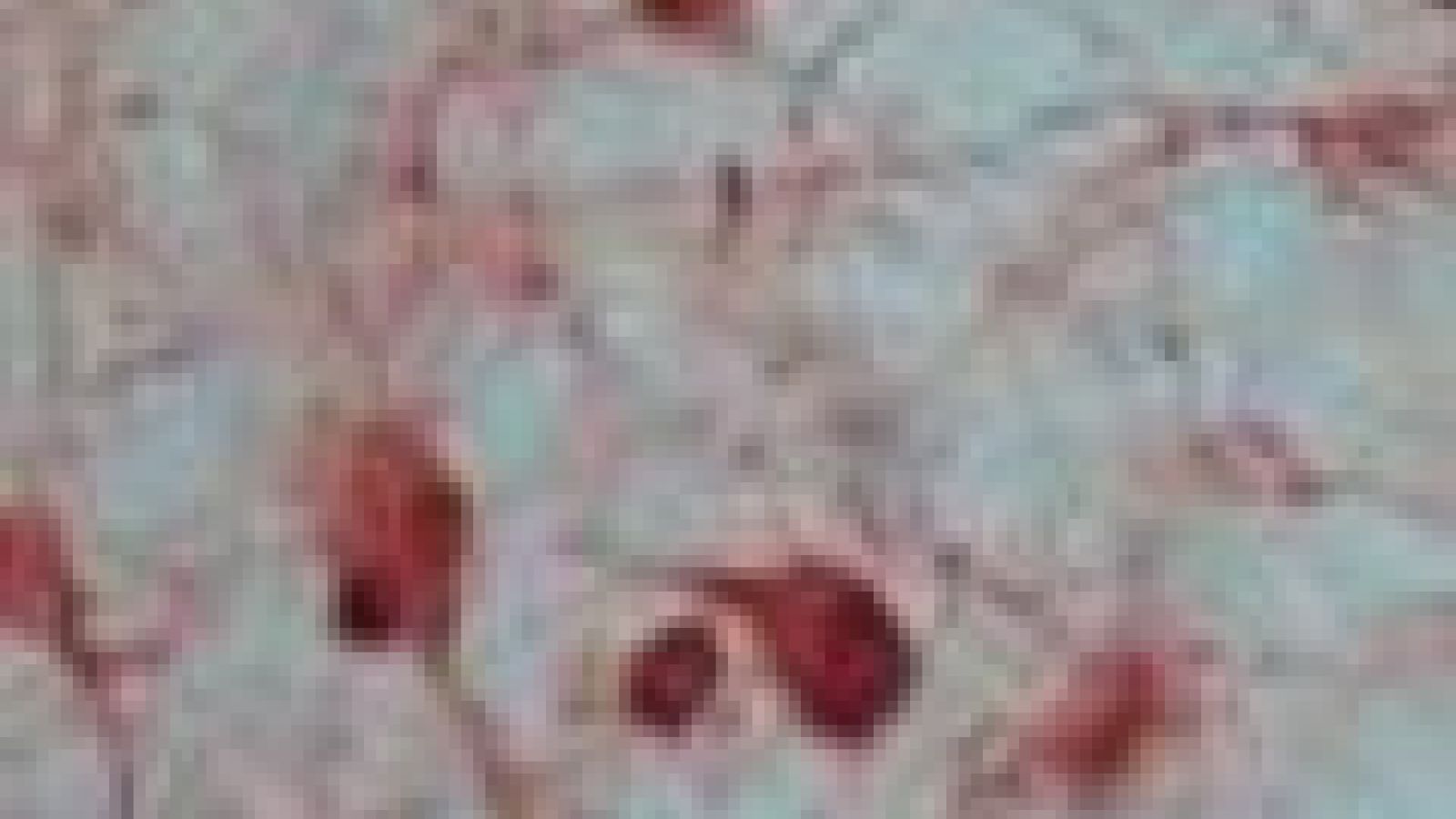
Text to go here...
 Scientists have created a mouse model of the most common type of paediatric brain cancer. The model has furthered understanding of the cause of the cancer and can be used to test potential therapies.
Scientists have created a mouse model of the most common type of paediatric brain cancer. The model has furthered understanding of the cause of the cancer and can be used to test potential therapies.
Pilocytic astrocytoma (PA) is a slow growing tumour that develops in children and young adults. The tumour is diffuse and so it is often difficult for surgeons to completely remove it. Further treatment is then needed to remove the remaining cancer tissue. Chemotherapy and radiation therapy are often ineffective at removing the remaining cancerous tissue so new treatments are needed.
The new mouse model will help direct and test such treatments. Scientists created the mouse model using a defective version of a gene called BRAF. Defects in BRAF have previously been linked to the development of pilocytic astrocytomas and it is found in more than half of all pilocytic astrocytoma cases.
Researchers put the defective BRAF gene into a virus and transferred it to the neuronal precursor cells of mice. Neuronal precursor cells are the starting cells from which neurons develop. Nine tenths of mice injected with the defective gene developed brain cancer. The tumours had the same growth characteristics and tissue structure as pilocytic astrocytoma.
The research shows that the single gene defect in BRAF is a significant cause of pilocytic astrocytoma. The researchers found that the BRAF gene defect causes a cellular signalling pathway, which in healthy cells is active only in case of acute need, to be permanently activated. Medicines have been developed to try and inhibit the activity of this pathway and so stop cancer growth.
Researchers tested one of these medicines, called sorafenib, on the new mouse model. It was found to slow the growth of tumours in the mice.
Last edited: 11 January 2022 10:59



